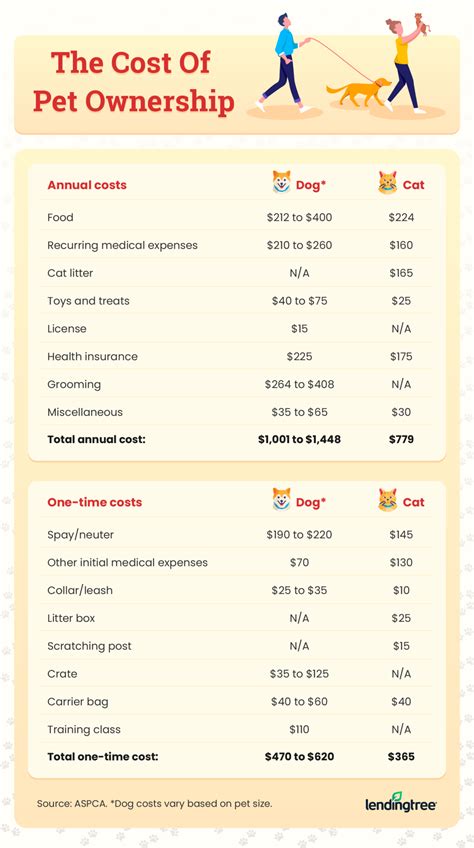Introduction

Owning a pet can be a rewarding experience, but it also comes with significant financial responsibilities. This article aims to provide a comprehensive comparison of mammalian pet expenses in 2025, highlighting factors that influence these costs.
Factors Influencing Pet Expenses
- Species: Different mammalian species have varying care needs and associated expenses. Dogs and cats generally have higher costs than smaller mammals like rabbits or hamsters.
- Size: Larger animals require more food, space, and veterinary care, leading to increased expenses.
- Breed: Certain breeds may have specific health conditions or grooming requirements, resulting in higher costs.
- Age: Puppies and kittens require more veterinary attention and specialized care, making them more expensive than adult animals.
- Location: Geographic location can impact pet expenses due to differences in veterinary costs, pet food prices, and grooming services.
Comparative Analysis of Expenses
| Species | Annual Expenses |
|---|---|
| Dog (medium-sized) | $1,400 – $3,000 |
| Cat | $600 – $1,500 |
| Rabbit | $300 – $600 |
| Hamster | $100 – $300 |
Breakdown of Expenses
- Veterinary Care: Regular check-ups, vaccinations, and treatments can account for a significant portion of pet expenses.
- Food: High-quality pet food is essential for maintaining your pet’s health and well-being.
- Grooming: Regular bathing, brushing, and nail trims help keep your pet clean and healthy.
- Pet Supplies: Toys, bedding, litter boxes, and other supplies are essential for your pet’s comfort and hygiene.
- Licensing and Registration: Some municipalities require pet licenses and registration, which can add to the annual expenses.
Tips for Managing Pet Expenses
- Adopt from a shelter: Adoption fees are typically lower than purchasing from a breeder.
- Consider pet insurance: This can help cover unexpected medical expenses.
- Compare pet food prices: Look for discounts and coupons to save money on food.
- Groom your pet at home: This can significantly reduce grooming costs.
- Take advantage of free services: Some veterinary clinics offer free or low-cost vaccinations and other services.
Case Study: Comparing Dog Ownership in Different Cities
According to a study by the American Kennel Club, the annual cost of owning a medium-sized dog in the United States ranges from $1,400 to $3,000. However, this cost can vary significantly depending on the location.
- New York City: $3,200 – $4,500
- Los Angeles: $2,800 – $3,800
- Chicago: $2,200 – $3,200
- Dallas: $1,800 – $2,800
Conclusion
Owning a mammalian pet can be both rewarding and expensive. By understanding the factors that influence pet expenses and implementing cost-saving strategies, pet owners can provide a comfortable and happy life for their furry companions while minimizing financial burdens.





















